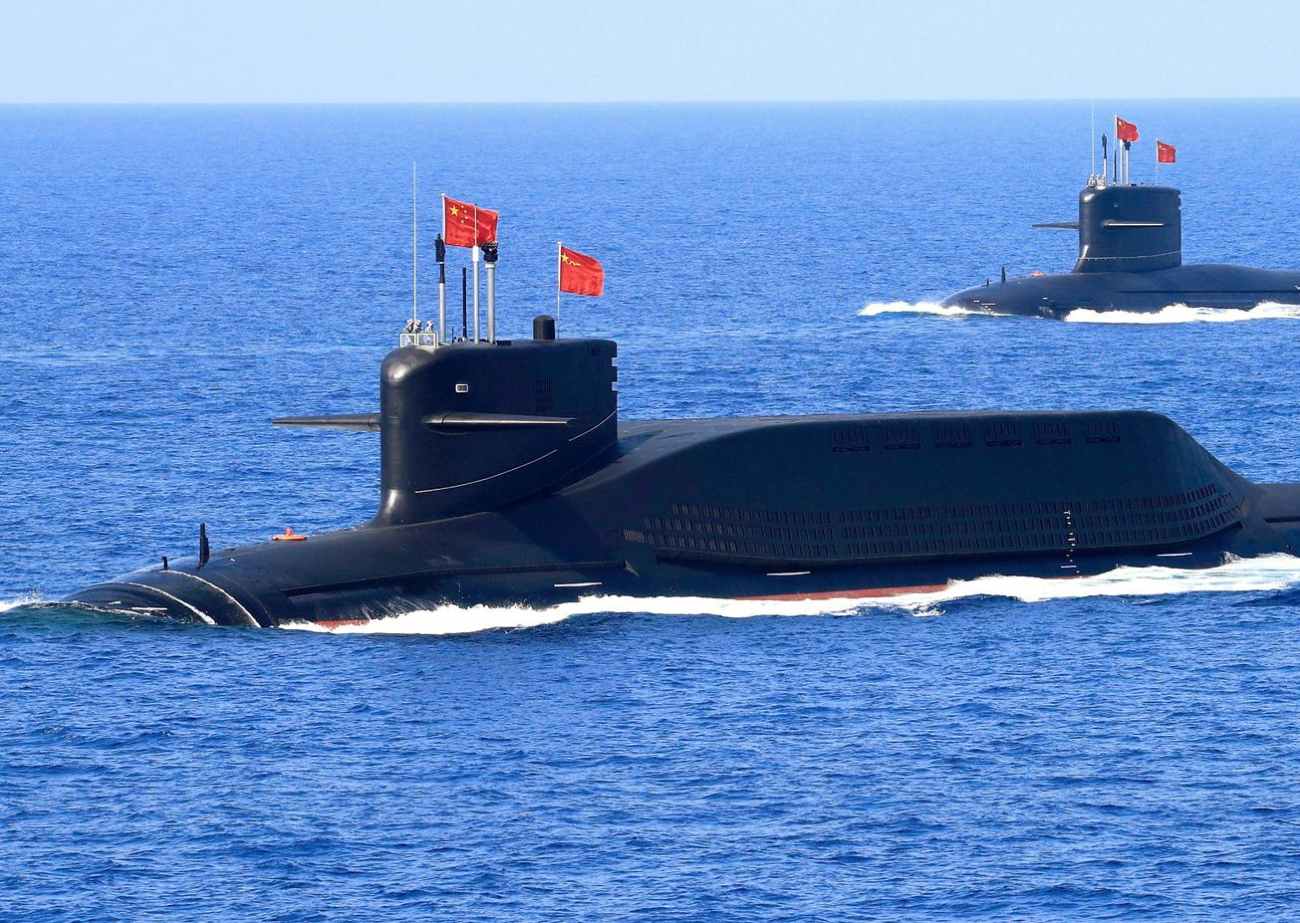China’s interest in Africa has got a new hue as the rising Asian giant looks for a naval base in the Atlantic Ocean to increase the reach of its rapidly growing People’s Liberation Army-Navy (PLA Navy).
Russia Offers To ‘Fuse’ US Missiles On Su-75 Checkmate; Offers RVV-MD2 ‘Dogfight’ AAM To Customers
The U.S. sees the Chinese presence in the Atlantic, its strategic front yard, as inimical to its security interests.
For years, the first visit of a Chinese foreign minister has been to Africa. Upholding the tradition of over three decades, China’s foreign minister visited four African nations – Egypt, Tunisia, Togo, and Cote d’Ivoire in January 2024.
The U.S. had barely managed to keep China at bay as in August 2023, President of the Central African nation of Gabon Ali Bongo revealed to a top White House aide that he had secretly committed to China’s President Xi Jinping that it could station its military forces on Gabon’s Atlantic Ocean coast.
A Wall Street Journal report says that the U.S. principal deputy national security adviser Jon Finer convinced Bongo to retract his offer. This has been one example of diplomatic maneuvering that the two countries are doing.
For two years now, the U.S. has been thwarting China’s frantic diplomatic efforts to secure a naval base on Africa’s western shores.
After Gabon, Equatorial Guinea, where China operates a commercial port, alerted the U.S. authorities of China’s overtures to secure a military base on its coast. So far, the U.S. has managed to keep at bay when it comes to Africa’s western coastline.
A port in the Atlantic waters would give Beijing a window to the U.S. military movements and to defend its supply routes, should the need arise. It will help the Chinese warship to be replenished and repaired.
China already has commercial ports or terminals in several countries that are Chinese warships’ ports of call. In July 2023, its flotilla had entered the Nigerian port of Lagos.
PRC military academics assert that bases abroad can enable the forward deployment of PLA forces and support military conflict, diplomatic signaling, political change, bilateral and multilateral cooperation, and training. They also suggest that a military logistics network could enable intelligence monitoring of the U.S. military.
Dawn Murphy, an associate professor of national security strategy at the U.S. National War College, said in a policy brief in 2023 that the U.S. government should focus on preventing China from getting naval access to the Atlantic by building a military base.
Murphy contends that a Chinese naval facility on West Africa’s Atlantic coast would be the biggest Chinese security threat to Washington in the region because of its proximity to the U.S. and its potential as a site for the People’s Liberation Army (PLA) “to rearm and repair naval vessels during a US-China armed conflict.”
Presently, China owns or operates ports and terminals at nearly 100 locations in over 50 countries, spanning every ocean and every continent.
In 2017, China opened its first military base next to the Chinese-operated port of Djibouti. It was just miles away from the U.S. military base in the country. It is capable of docking an aircraft carrier and nuclear submarines.
It is located at the tip of the entry point to the Red Sea, an important sea line of communication for China. The Red Sea is the sight of ongoing conflict between the U.S. and allied forces with Houthi rebels. A major world shipping lane, the Red Sea, is facing a serious threat from the Houthi rebels attacking the merchant vessels.
The U.S. has a permanent base in Djibouti, an air force facility in Niger, and troops in Kenya and Somalia.
According to a 2021 Pentagon report, China is “seeking to establish a more robust overseas logistics and basing infrastructure … to support naval, air, ground, cyber, and space power projection.” Other than Cambodia, it has “likely considered several countries,” including Thailand, Singapore, Indonesia, Pakistan, Sri Lanka and Tanzania.
A global PLA military logistics network and PLA military facilities could both interfere with U.S. military operations and support offensive operations against the U.S. as the PRC’s global military objectives evolve.

Projecting Power Overseas
The United States is still the world’s biggest military power, with about 750 overseas bases. China so far has only one.
The growing maritime prowess of the PLA-N commensurate with its aggressive hunt for more overseas bases after Djibouti on the Horn of Africa, Karachi and Gwadar in Pakistan, and now possibly Ream in Cambodia to overcome the choke points in the Indian Ocean Region and the larger Indo-Pacific.
It also has a string of commercial ports that can be used for docking its warships.
Additionally, the Chinese People’s Liberation Army – Navy (PLA-N), the world’s largest, has been growing feverishly, leaving the U.S. far behind. The pace with which the PLA-N inducts warships has often been likened to “dumping dumplings into soup broth.”
A leaked U.S. Navy Intelligence presentation slide estimates the Chinese shipyard’s construction capacity is 232 times more than the U.S. shipbuilding prowess.
Sometime between 2015 and 2020, China overtook the U.S. in the number of warships in its fleet, and the gap between the two navies has been fast growing. The Pentagon’s annual report to the U.S. Congress on Chinese military and security developments estimates that the Chinese Navy had 350 warships compared to 293 warships in the U.S. Navy battle force.
The yawning gap of 60 hulls between the two navies is expected to grow every five years until 2035, when China will have an estimated 475 naval ships compared to 305-317 US warships.
- Ritu Sharma has been a journalist for over a decade, writing on defense, foreign affairs, and nuclear technology.
- She can be reached at ritu.sharma (at) mail.com
- Follow EurAsian Times on Google News




